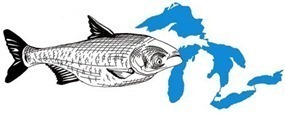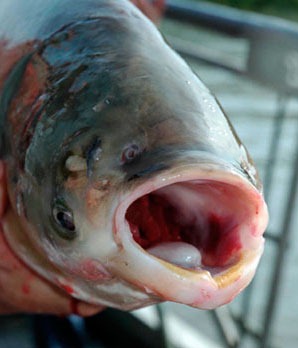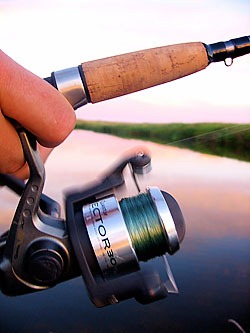Weevil May Save Caddo Lake from Invasive Fern (Video)
0
Caddo Lake in winter 2005. (Credit: Jay Carriker via Creative Commons)
Caddo Lake looks like a field, green as far as the eye can see. It’s hard to tell there’s water underneath the quilt. That’s because salvinia, an invasive water fern, has taken over the lake, spreading across an area as large as 4,500 football fields.
The nearby town of Uncertain, Texas has tried different approaches to clearing the water. The first was spraying herbicides, which had little effect. Fences in the water haven’t helped stop the spread. And taking the fight to the weed with salvinia-sucking machines has accomplished little.
So the town is enlisting tiny bugs to hopefully save the day – salvinia weevils. Relatives of the small, herbivorous beetle have long been an enemy of farmers growing staple crops. But employing weevils that feed on salvinia specifically may be able to eat it all away. Similar projects around the world have shown good results, with success rates up to 90 percent.

Salvinia weevil, Cyrtobagous salviniae, on a bed of giant salvinia. (Credit: Scott Bauer, USDA Agricultural Research Service, Bugwood.org via Creative Commons)
One possible risk is a far-reaching weevil plague, but the Greater Caddo Lake Association posits that the salvinia weevil has “never done harm to any other plant.” And the insect has been used in more than 13 countries to keep salvinia in check, according to the Nature Conservancy.
GCLA plans to build a weevil nursery at the cost of $100,000 to $270,000. The nursery won’t be operational until spring of 2014. The insects will likely thrive in the costly habitat built for them, but seasonal freezing may threaten them once they’ve been released. Managers with the association hope they’ll acclimate to the weather and continue to help control the annual salvinia spread.
Notwithstanding the importance of restoring navigation, water circulation and habitat in Caddo Lake, should acclimating another invasive species be a goal?
It may turn out successful, but the project has a shaky premise. One species in the mix is more detrimental than the other – but both are still non-native. Does it make good sense to fight one invasive species by promoting another?
Video: Invasive Plants at Caddo Lake, Texas Parks and Wildlife, June 2009.













